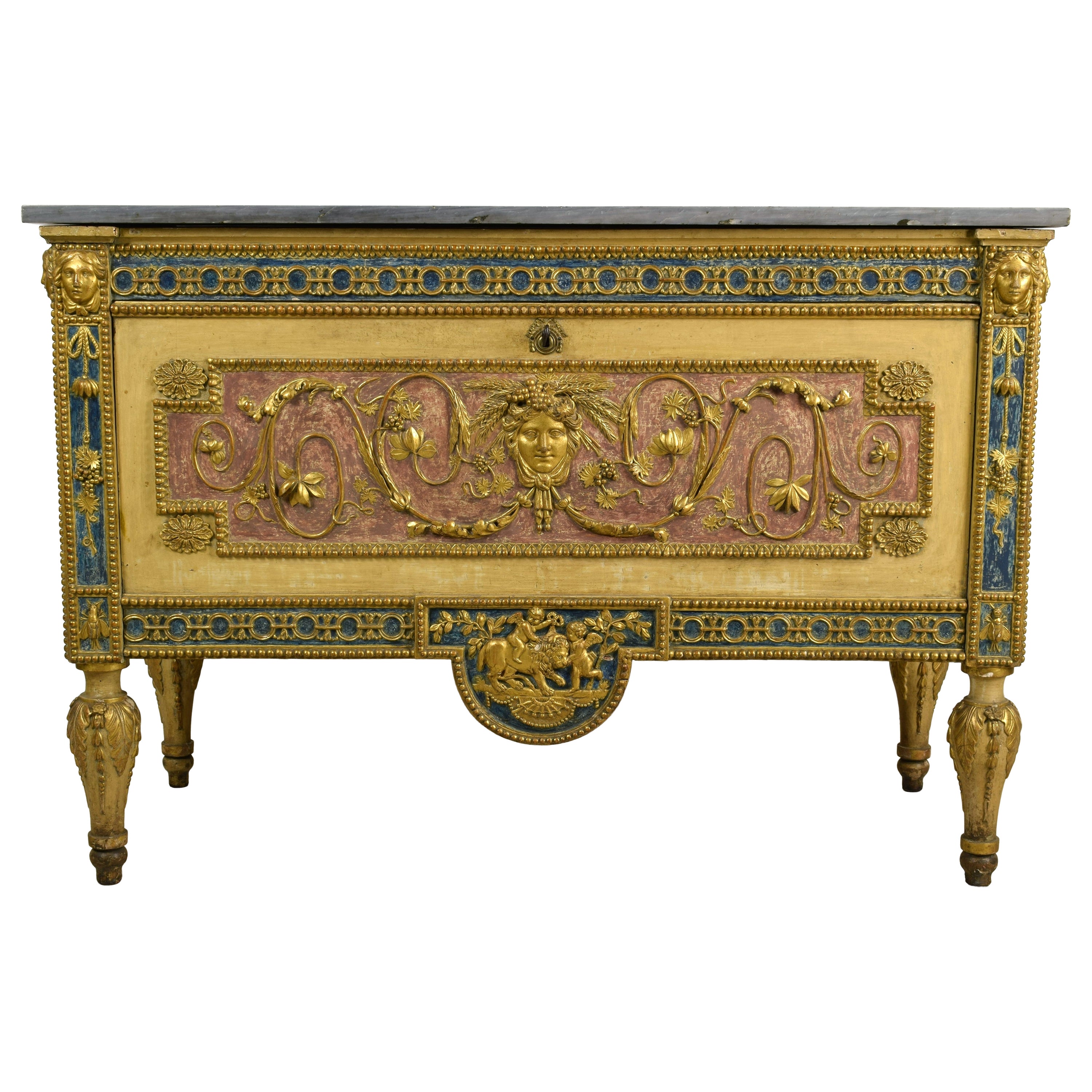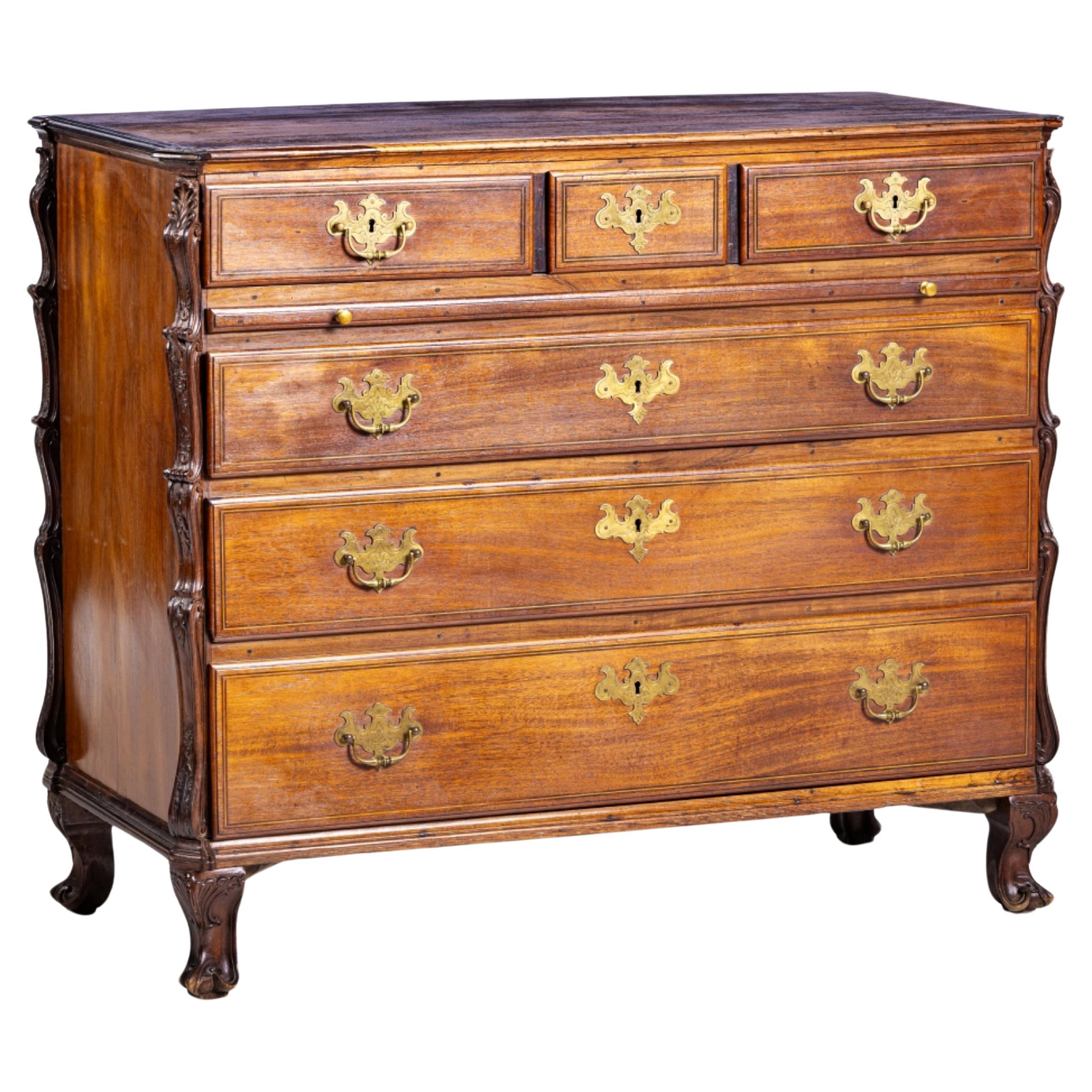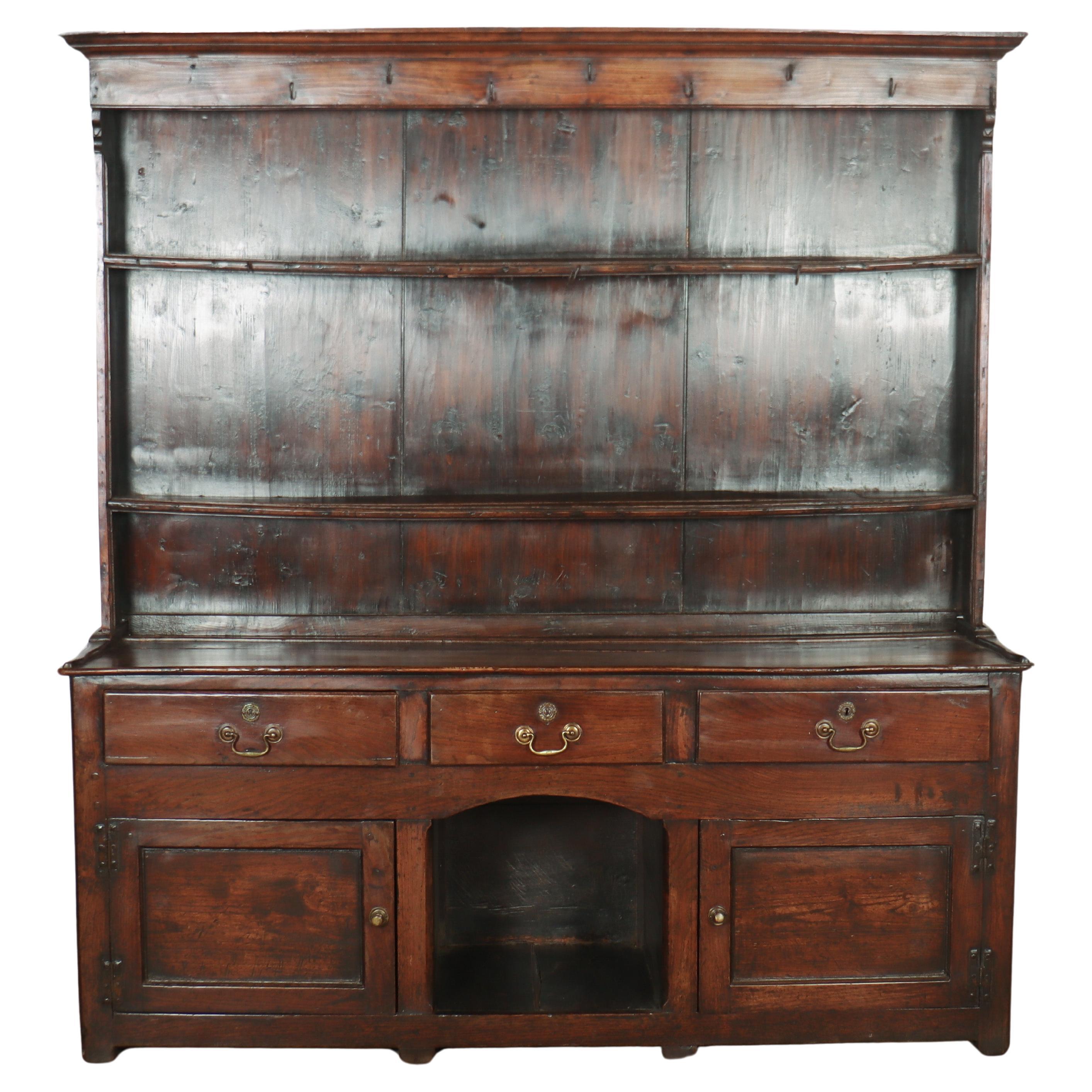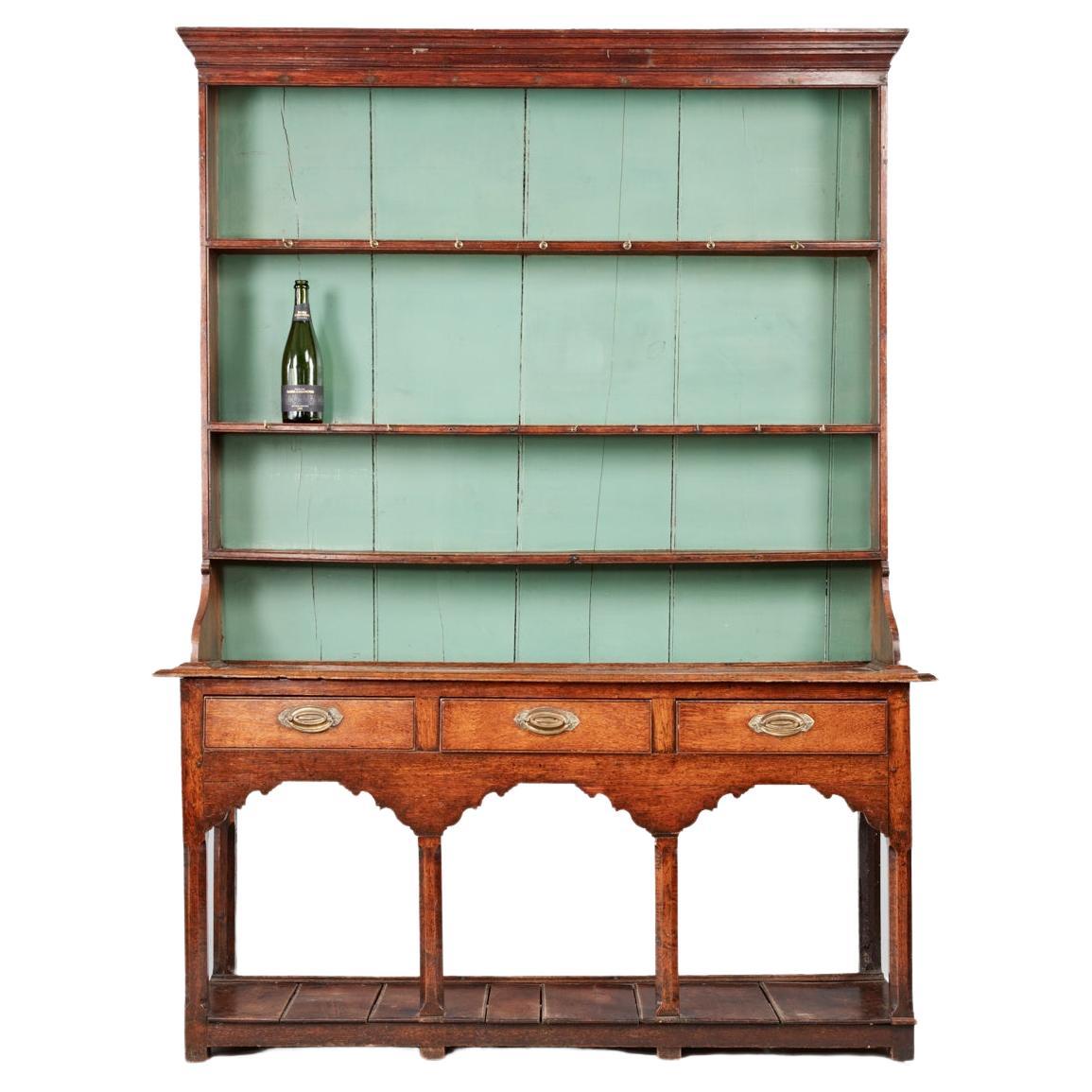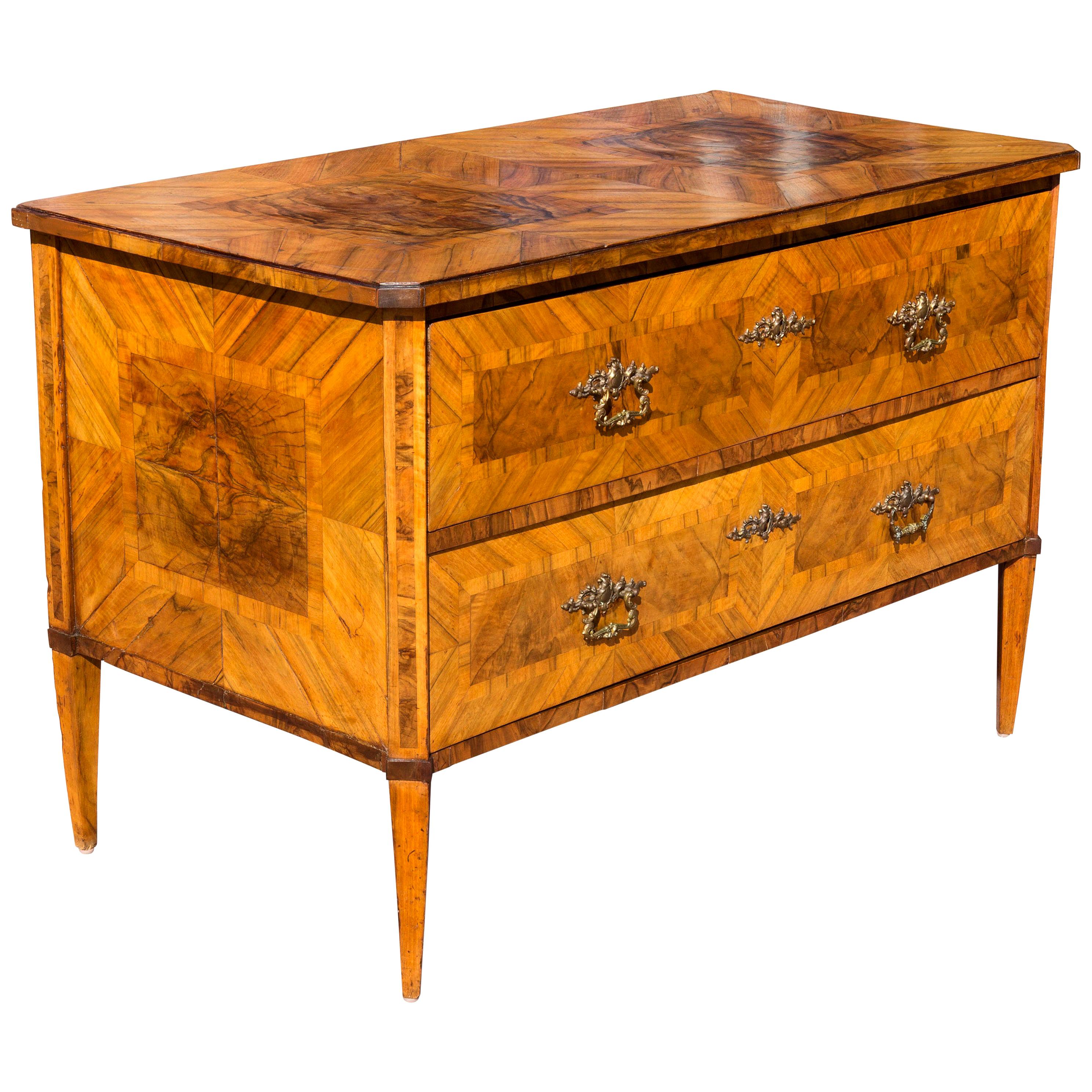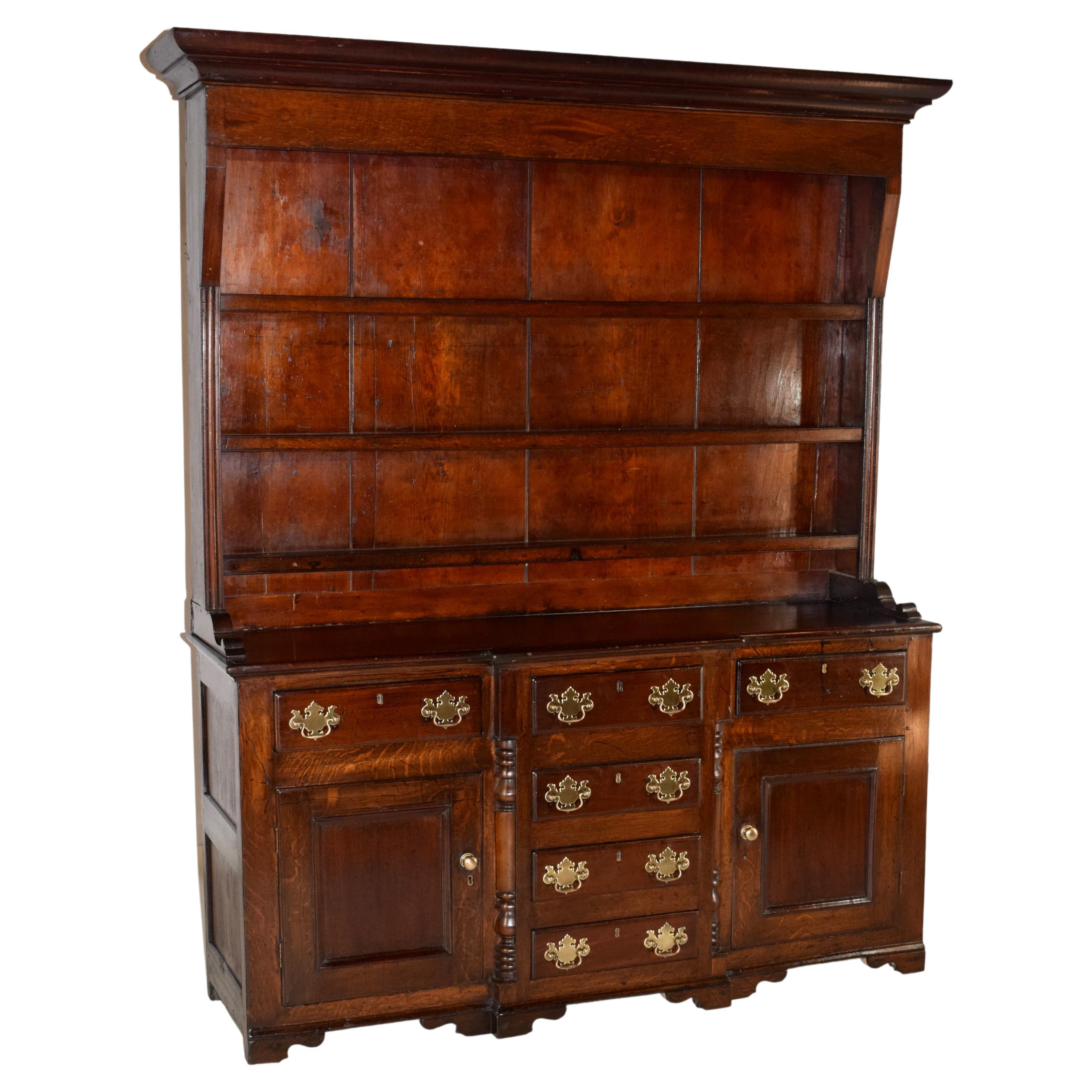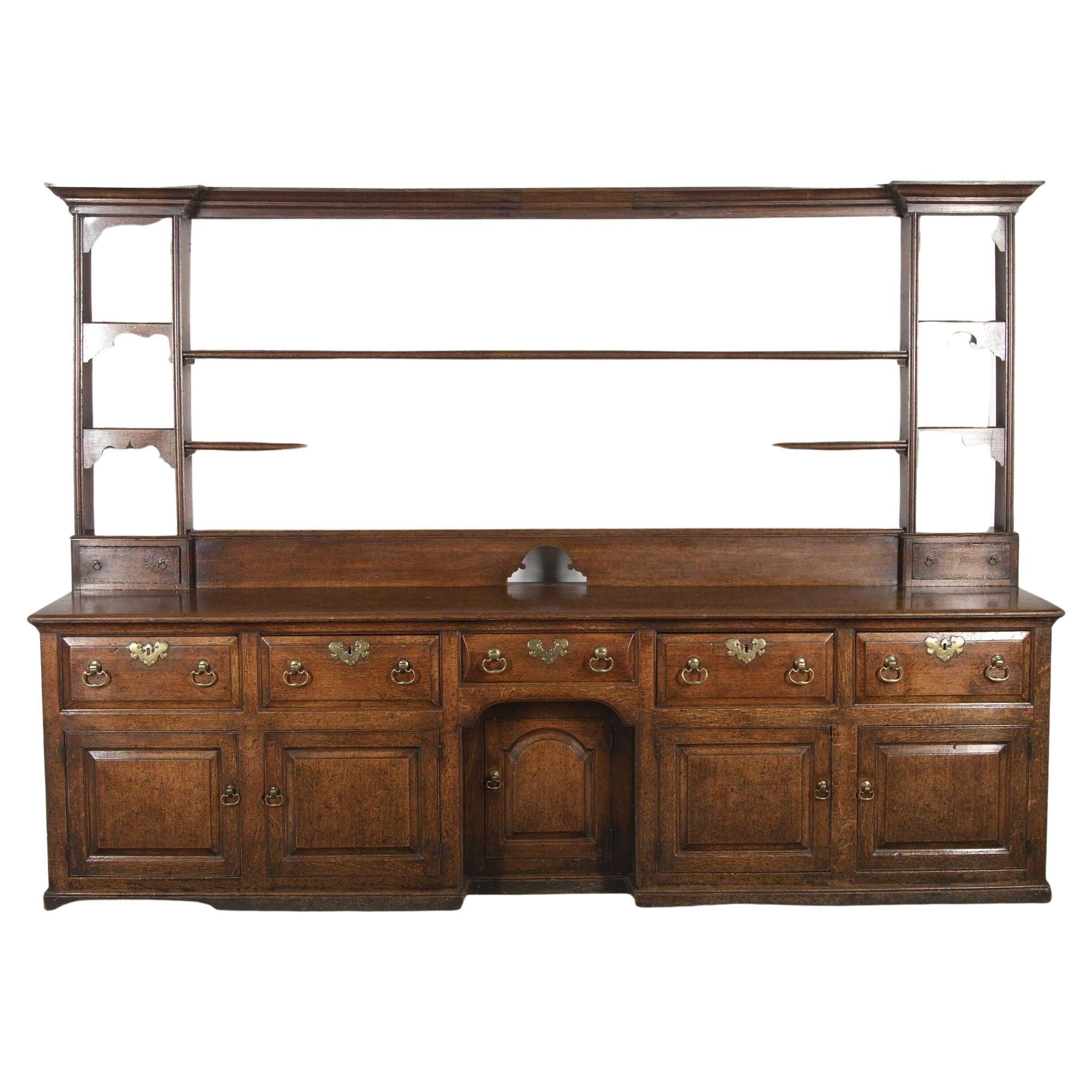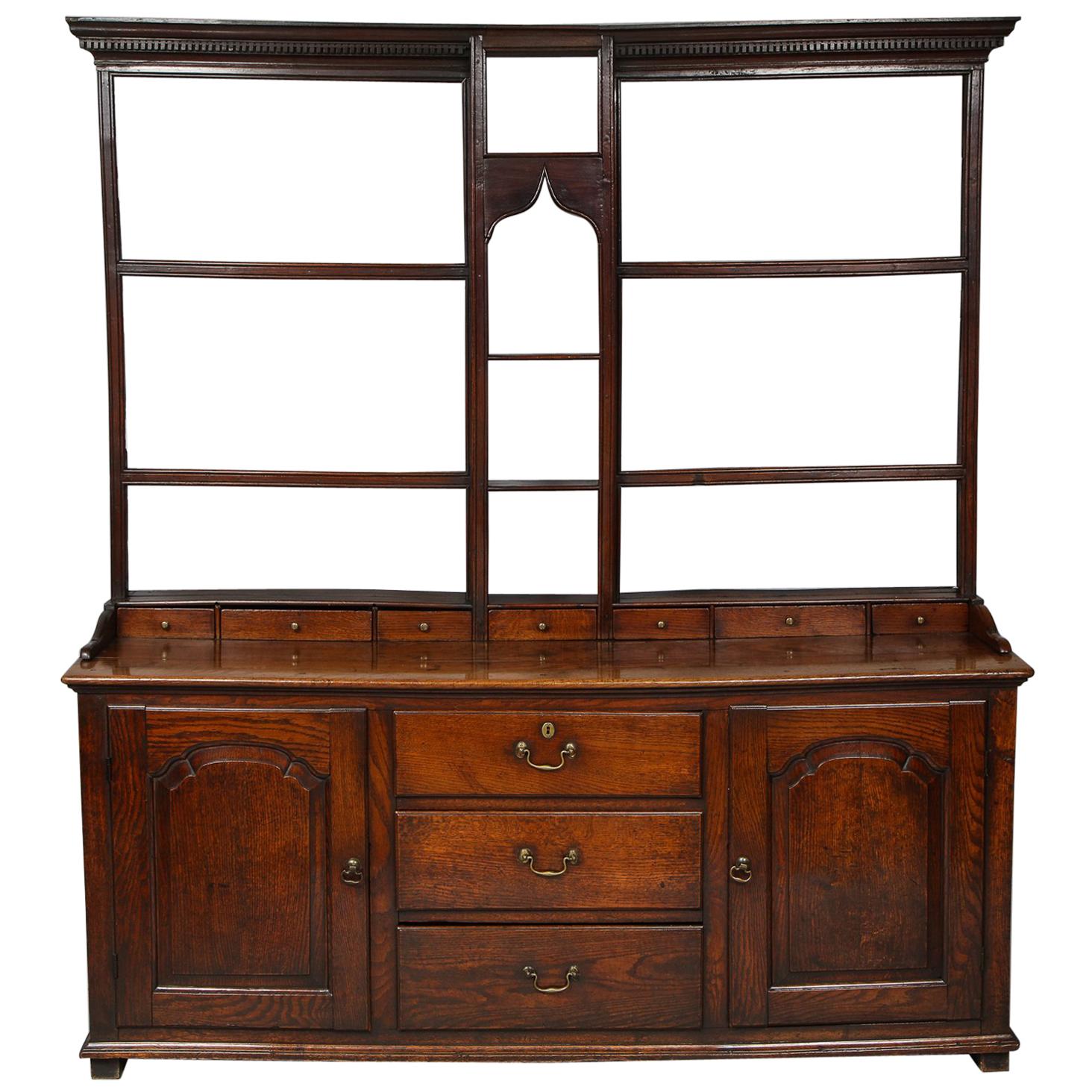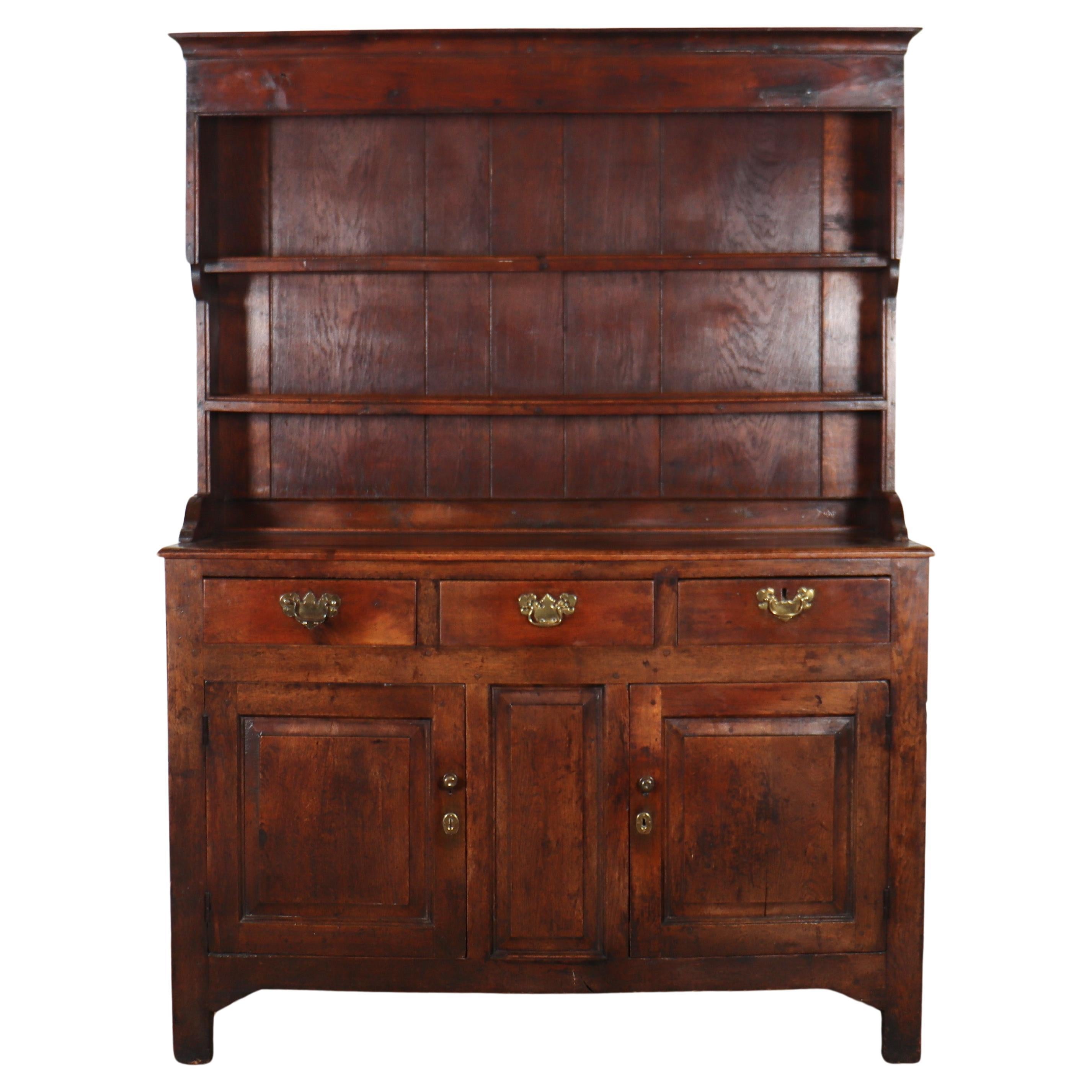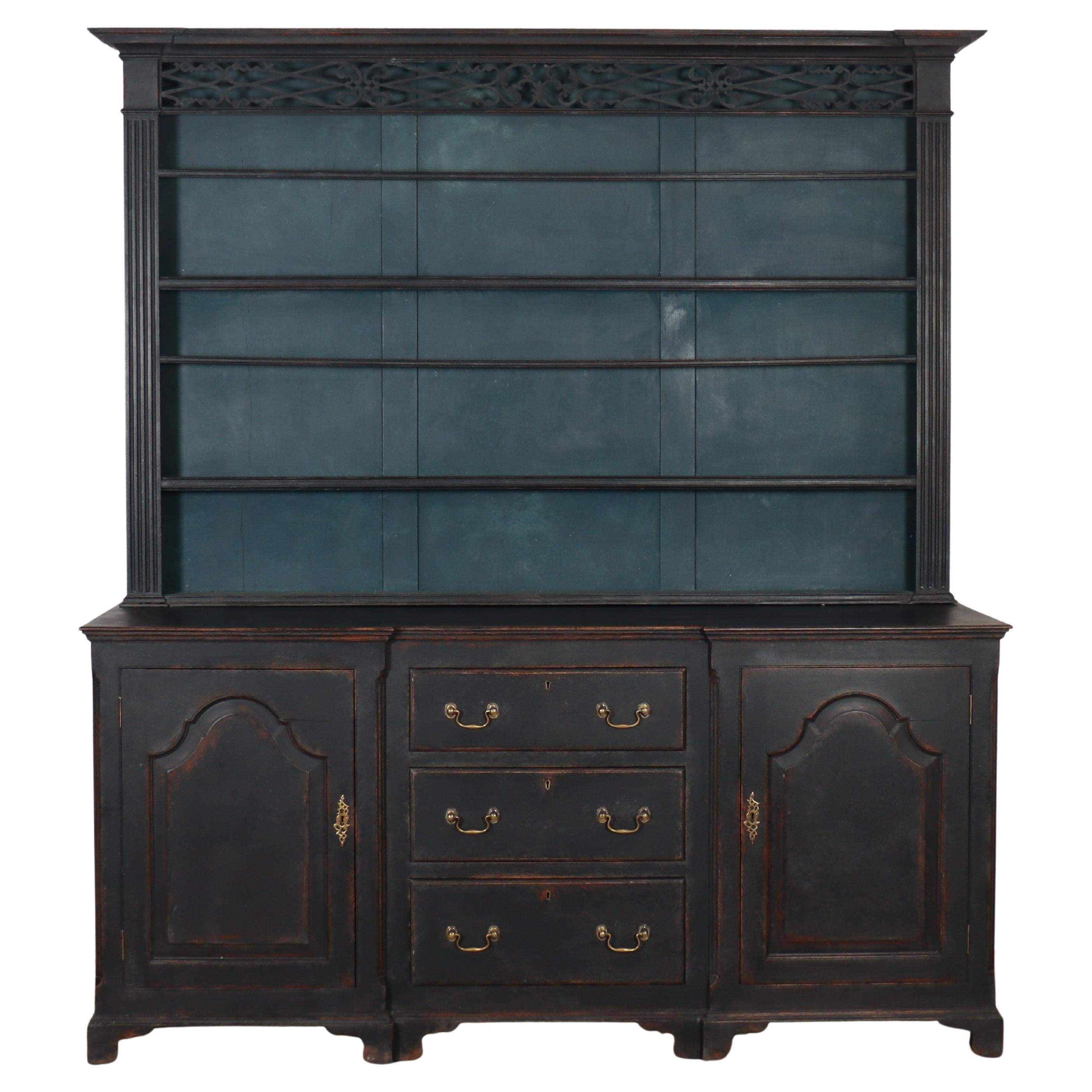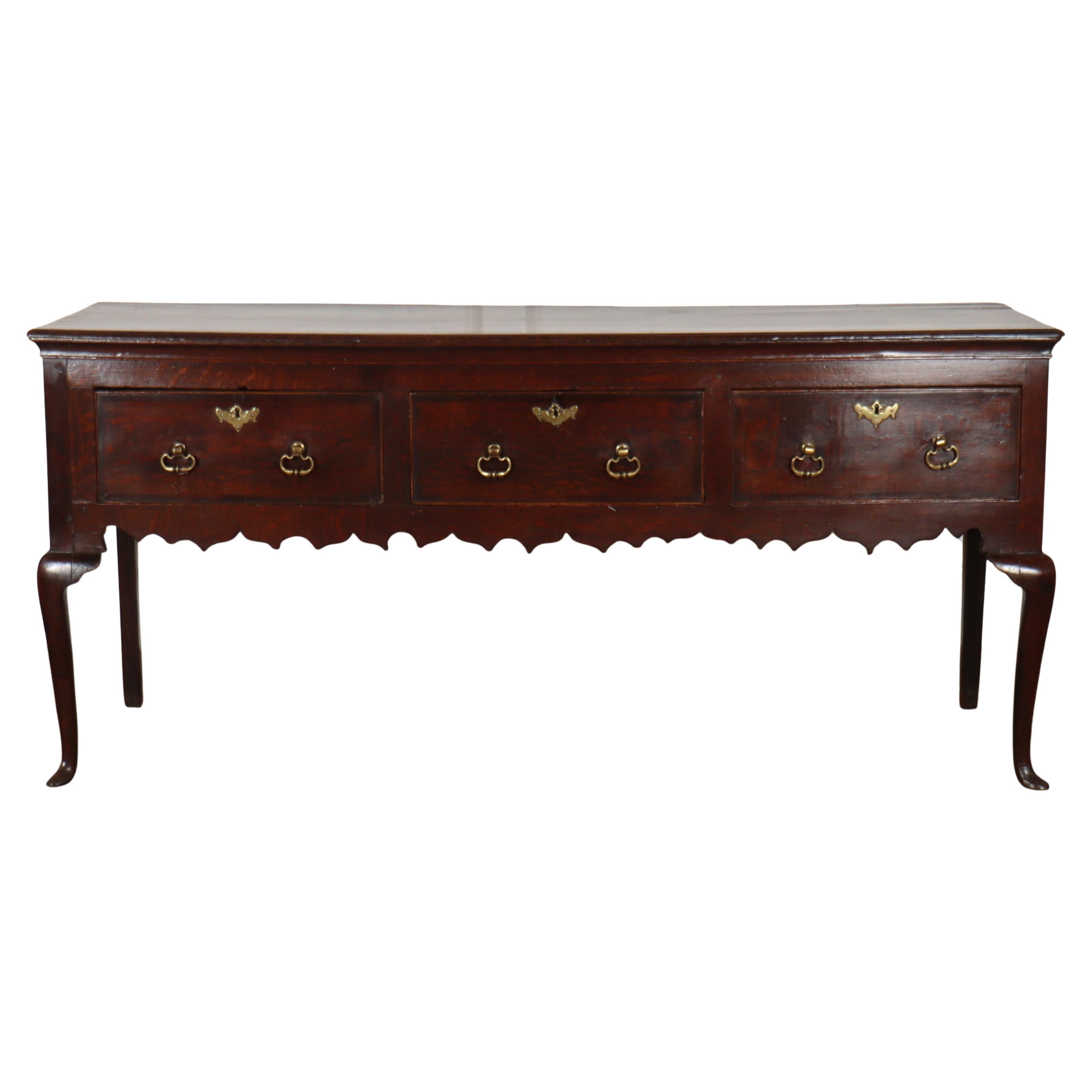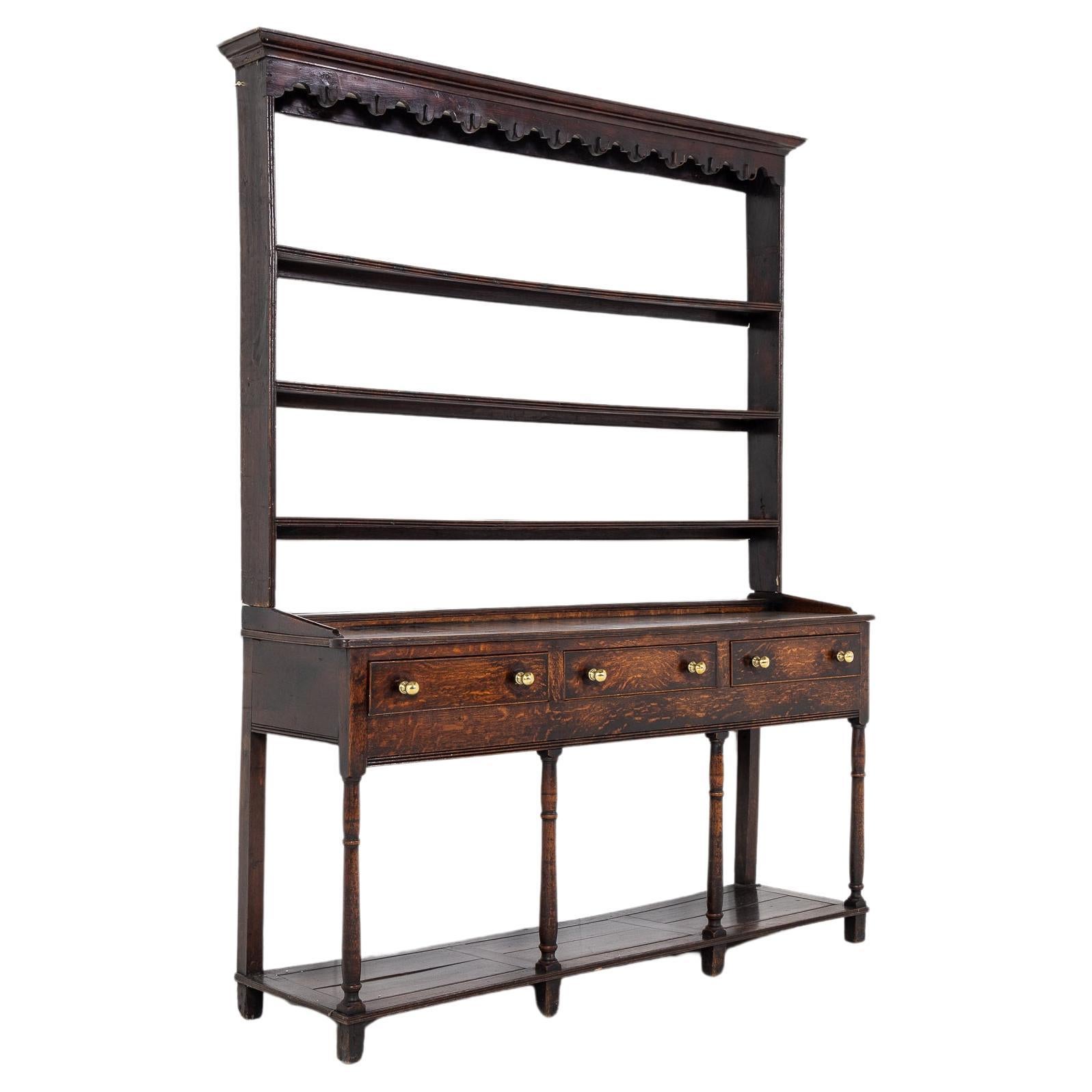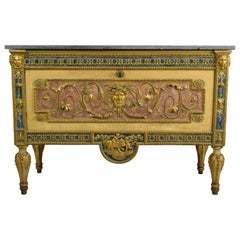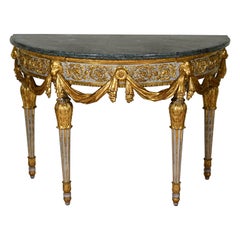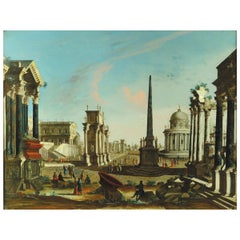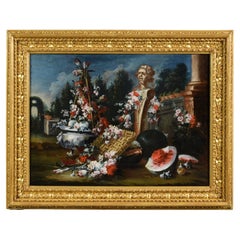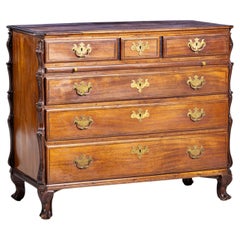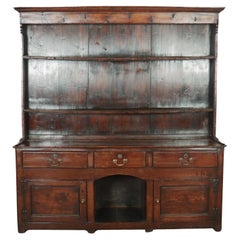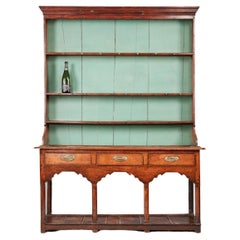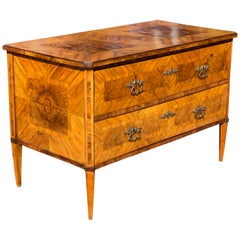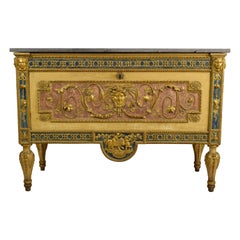
18th Century Italian Neoclassical Wood Dresser Attributed to Francesco Bolgiè
View Similar Items
Want more images or videos?
Request additional images or videos from the seller
1 of 21
18th Century Italian Neoclassical Wood Dresser Attributed to Francesco Bolgiè
About the Item
- Attributed to:Francesco Bolgié (Cabinetmaker)
- Dimensions:Height: 32.29 in (82 cm)Width: 52.76 in (134 cm)Depth: 23.23 in (59 cm)
- Style:Neoclassical (Of the Period)
- Materials and Techniques:
- Place of Origin:
- Period:
- Date of Manufacture:Late 18th Century
- Condition:
- Seller Location:IT
- Reference Number:1stDibs: LU4405218390942
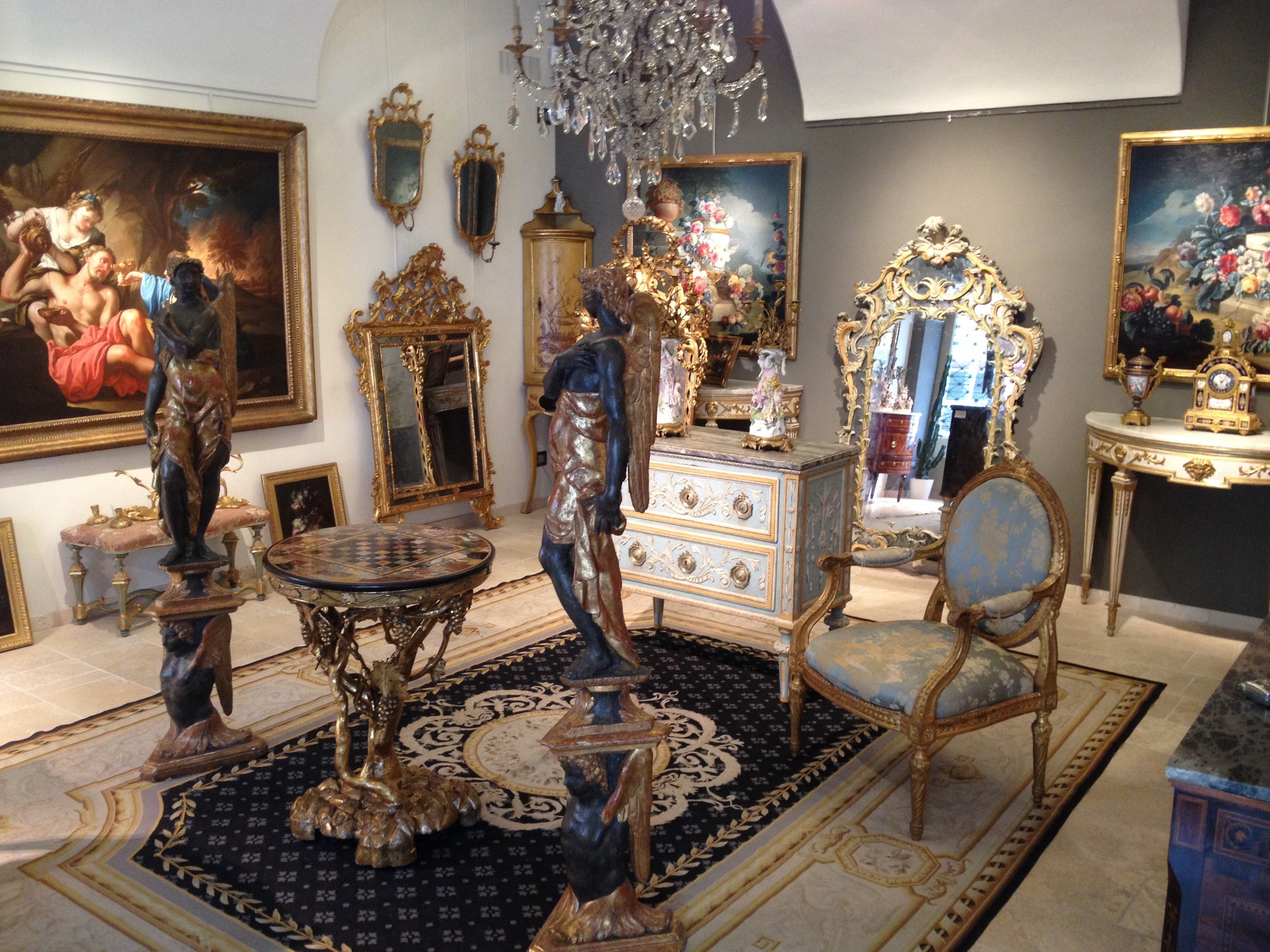
About the Seller
5.0
Platinum Seller
Premium sellers with a 4.7+ rating and 24-hour response times
Established in 1980
1stDibs seller since 2019
54 sales on 1stDibs
Authenticity Guarantee
In the unlikely event there’s an issue with an item’s authenticity, contact us within 1 year for a full refund. DetailsMoney-Back Guarantee
If your item is not as described, is damaged in transit, or does not arrive, contact us within 7 days for a full refund. Details24-Hour Cancellation
You have a 24-hour grace period in which to reconsider your purchase, with no questions asked.Vetted Professional Sellers
Our world-class sellers must adhere to strict standards for service and quality, maintaining the integrity of our listings.Price-Match Guarantee
If you find that a seller listed the same item for a lower price elsewhere, we’ll match it.Trusted Global Delivery
Our best-in-class carrier network provides specialized shipping options worldwide, including custom delivery.More From This Seller
View All18th Century Italian Neoclassical Wood Dresser Attributed to Francesco Bolgiè
By Francesco Bolgié
Located in IT
18th century Italian neoclassical carved, lacquered and gilded wood dresser attributed to Francesco Bolgiè (1752?-1834).
The fine and elegant commode is made of finely carved, lacquered and gilded wood. It presents several stylistic and material elements characteristic of the wooden works and of the furniture present in the Piedmont area, between the end of the 18th century and the beginning of the 19th century. The richness of the ornaments, the gold leaf, the iconographic program and the significant level of cabinet making that characterizes this furniture are testimony of a wealthy client and the valuable work of a sculptor at the service of noble and royal families. Stylistically can be attributed to the famous italian sculptor Francesco Bolgiè (1752-1834).
The front of the furniture and the two side are characterized by a complex decorative architecture. Two horizontal perimeter bands show gilded carved geometric patterns and palmettes on a blue lacquered backdrop. The low frame, in the centre and on the front, has a half-moon element inside which is finely carved a lion with two cupids and laurel branches. Near the corners, at the top, are carved a female faces, while at the bottom are some bees. The fretwork of the vertical bands draws strings that support a bunch of grapes with vine leaves. The side walls are lacquered in ochre yellow and, at the centre, a frame with acanthus leaves outlines a lacquered space in the tones of the ancient rose violaceous, with in the centre an ornate leaf with fine girali. On the four sides of this frame four large golden flowers harmonize the together.
The front, similar in composition, has a yellow ochre background, internal frame with palmettes and four flowers. The large internal space, lacquered in antique pink, shows in the center a woman’s fece with a composition of grapes and wheat ears; from the face depart fine phytomorphic girals with racemes, bunches of grapes and vine leaves. The nozzle of the original lock, placed on the front of the cabinet and on top, is in gilded bronze, chiselled with ribbon motif. The front panel opens downwards. The interior of the cabinet, entirely lacquered in red, has a shelf and therefore two compartments. The red color cinnabar deliberately recalls the characteristic Chinese lacquer, at the time much loved for the decorations to cineseria furniture. The special folding lock system, which allows the opening and closing of the front door, is the original one.
The commode rests on four conical wood legs witch are carved with acanthus leaves and small ramage, gilded and lacquered.
The top of the furniture is in grey marble bardiglio valdieri, lithotype that had great success in Piedmont, in the north of Italy, since the middle of the 18th century. On it were usually exposed bronzes, candlesticks, watches and sculptures.
The sculpted subjects refer to a precise iconographic programme.
The female head is identifiable in Ceres, Mother Terra, which in classical iconography is depicted with the head surrounded by a sert of wheat ears and a cluster of grapes. Ceres or Demeter in Greek, sister of Zeus, in Greek mythology is the goddess of fertility, the guardian of crops, protector of agriculture and wheat, constant nurse of youth and of the green earth, author of the cycle of seasons, life and death, protector of marriage and sacred laws.
The representation of Ceres, and its meaning, are linked to bees, symbol of virtue and chastity, allegory of Mother Earth, rebirth, mercy and justice. Just as the leaves of the vine and its fruits: in many cultures, from Greco-Roman to Christianity, the vine is a symbol of well-being, fruitfulness and blessing; it represents an abundant life and the joy that flows from it; it reflects the desire for fertility and beauty. It is also a sign of devotion to the fruits of the spirit and protection from evil. Fullness, wisdom, youth, maturation, prosperity are all images associated with the vine. Sacrifice, faith and good will are the qualities required for the vine to bear fruit.
The inverted bezel shows the iconographic image of Amor Vincit...
Category
Antique Late 18th Century Italian Neoclassical Dressers
Materials
Giltwood, Wood
18th Century, Italian Neoclassical Demi-lune Wood Console by Francesco Bolgiè
By Francesco Bolgié
Located in IT
18th Century, Italian Neoclassical Demi-lune Wood Console attributed to Francesco Bolgiè
This fine and refined neoclassical console was built in the neoclassical era in Turin, Italy,...
Category
Antique Late 18th Century Italian Neoclassical Console Tables
Materials
Marble
18th Century, Roman Architectural Capriccio Attributed to Francesco Chiarottini
Located in IT
Francesco Chiarottini (1748-1796)
Roman Architectural Capriccio
Oil on glass, cm 52 x 67 without frame, 63.5 x 79cm with frame
The valuable painting, attributed to the Italian p...
Category
Antique Mid-18th Century Italian Neoclassical Paintings
Materials
Glass
$26,853 Sale Price
20% Off
18th Century, Italian Still Life Painting Attributed to Francesco Lavagna
By Francesco Lavagna
Located in IT
Francesco Lavagna (Italy -Naples 1684-1724)
"Still life with flowers and watermelon and hermas with garden in the background"
The painting, beautifully made and in good condition, d...
Category
Antique Early 18th Century Italian Baroque Paintings
Materials
Canvas
18th Century, Italian Neoclassical Marquetry Wood Secretary
Located in IT
18th Century, Italian Neoclassical Marquetry Wood Secretary
Dimensions: cm H 143 x W 97 x D 40. Depth with the drop-down door open 90 cm. Writing desk height 75 cm.
This elegant sec...
Category
Antique Late 18th Century Italian Neoclassical Secretaires
Materials
Wood, Boxwood, Rosewood
18th Century, Italian Neoclassical Lacquered Wood Console
Located in IT
Late 18th Century, Italian Neoclassical Lacquered Wood Console
This elegant console was made in the neoclassical era, in the second half of the eighteenth century in Milan, Italy. T...
Category
Antique Late 18th Century Italian Neoclassical Console Tables
Materials
Wood
You May Also Like
18th Century Portuguese Dresser
Located in Madrid, ES
18th Century Portuguese Dresser
in vignette wood, Brazilian rosewood frames and satinwood inlays. With 3 drawers, 3 drawers and drying rack.
Wavy and scalloped top, decorated with a...
Category
Antique 18th Century Portuguese Renaissance Dressers
Materials
Wood
18th Century Welsh Dresser
Located in Leamington Spa, Warwickshire
Wonderful little 18th C oak and pine Welsh dresser. 1780.
Reference: 8266
Dimensions
69.5 inches (177 cms) Wide
18 inches (46 cms) Deep
73 inches (185 cms) High
Category
Antique 18th Century Welsh Dressers
Materials
Oak, Pine
18th Century Welsh Dresser
Located in Dublin 8, IE
18th century Welsh potboard dresser of mixed oak, ash and painted pine with a pot board base. It features three central drawers with brass handl...
Category
Antique Mid-18th Century Welsh Country Dressers
Materials
Brass
18th Century German Neoclassical Walnut Commode
Located in Rochester, NY
German neoclassical two-drawer walnut veneered commode. Good old finish with rich color, circa 1790. Original hand forged locks. Drawers slide nicely.
Category
Antique 18th Century German Neoclassical Commodes and Chests of Drawers
Materials
Wood, Walnut
18th Century Welsh Oak Dresser
Located in High Point, NC
18th century Welsh oak dresser from England. The piece has lovely rich color and wonderful graining throughout. The crown sits atop gorgeous wide bac...
Category
Antique 18th Century English Georgian Dressers
Materials
Oak
Large 18th Century Oak Dresser
Located in Gloucestershire, GB
Wonderful 18th Century oak dresser.
The size of this oak dresser is wonderful and the colour and form of this dresser are just as fantastic. It is very well proportioned, having a mo...
Category
Antique 18th Century French Dressers
Materials
Oak
Recently Viewed
View AllMore Ways To Browse
Textured Dresser
Danish Teak Mid Teak Dresser
1950s Dresser Pull
Mid Century Lowboy
French Modern Dresser
Mid Century Modern Rosewood Dresser
3 Drawer Dresser Cabinet
Vintage Desk Dresser
Round Pulls Bedroom
Drawer Glides
Painted Mid Century Dresser
Antique Dresser With Mirror
Antique Dressers With Mirrors
Mcm Storage Cabinets
Mid Century Modern In Walnut And Rosewood
Henredon Walnut Furniture
Henredon Walnut
Sculptural Dresser
